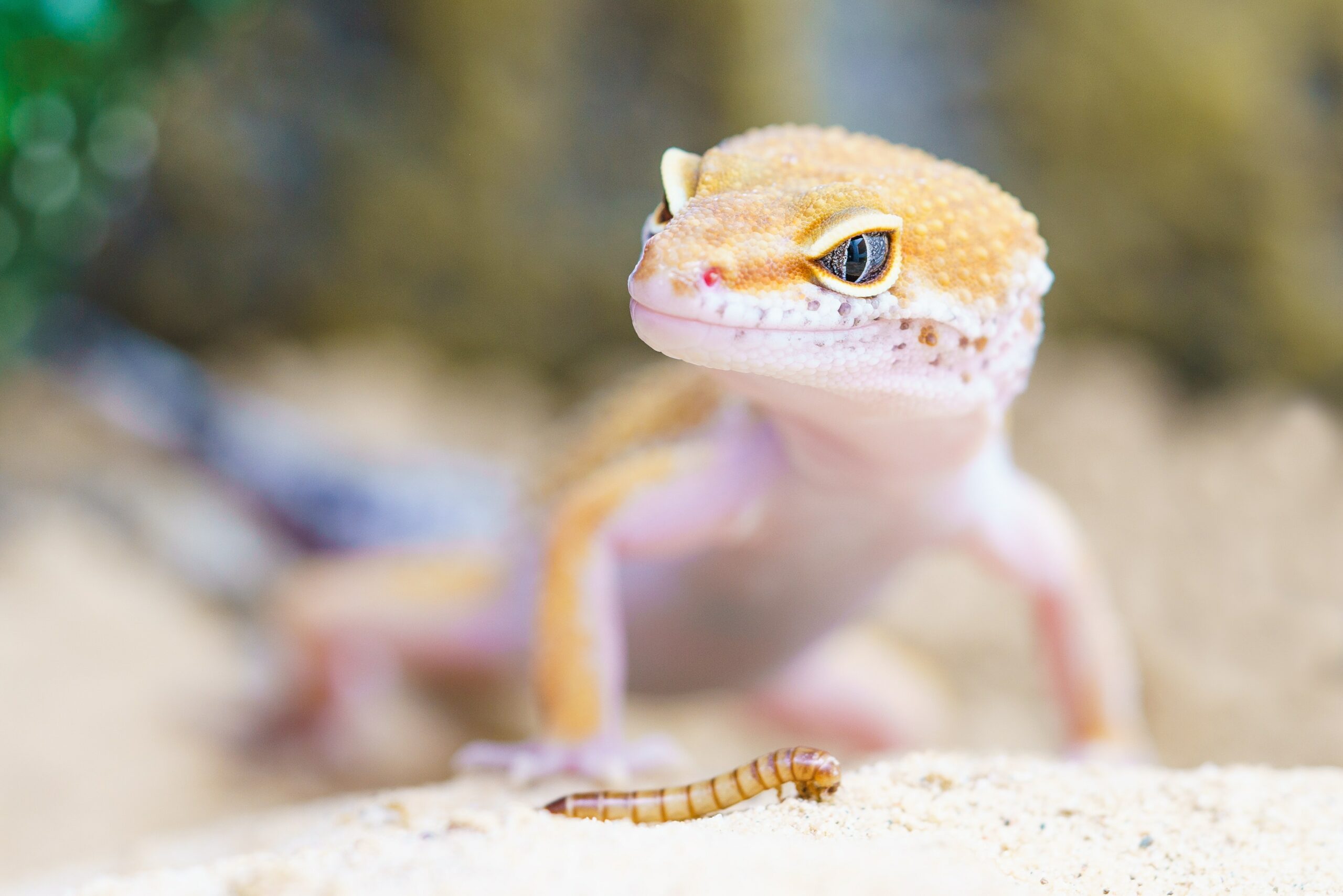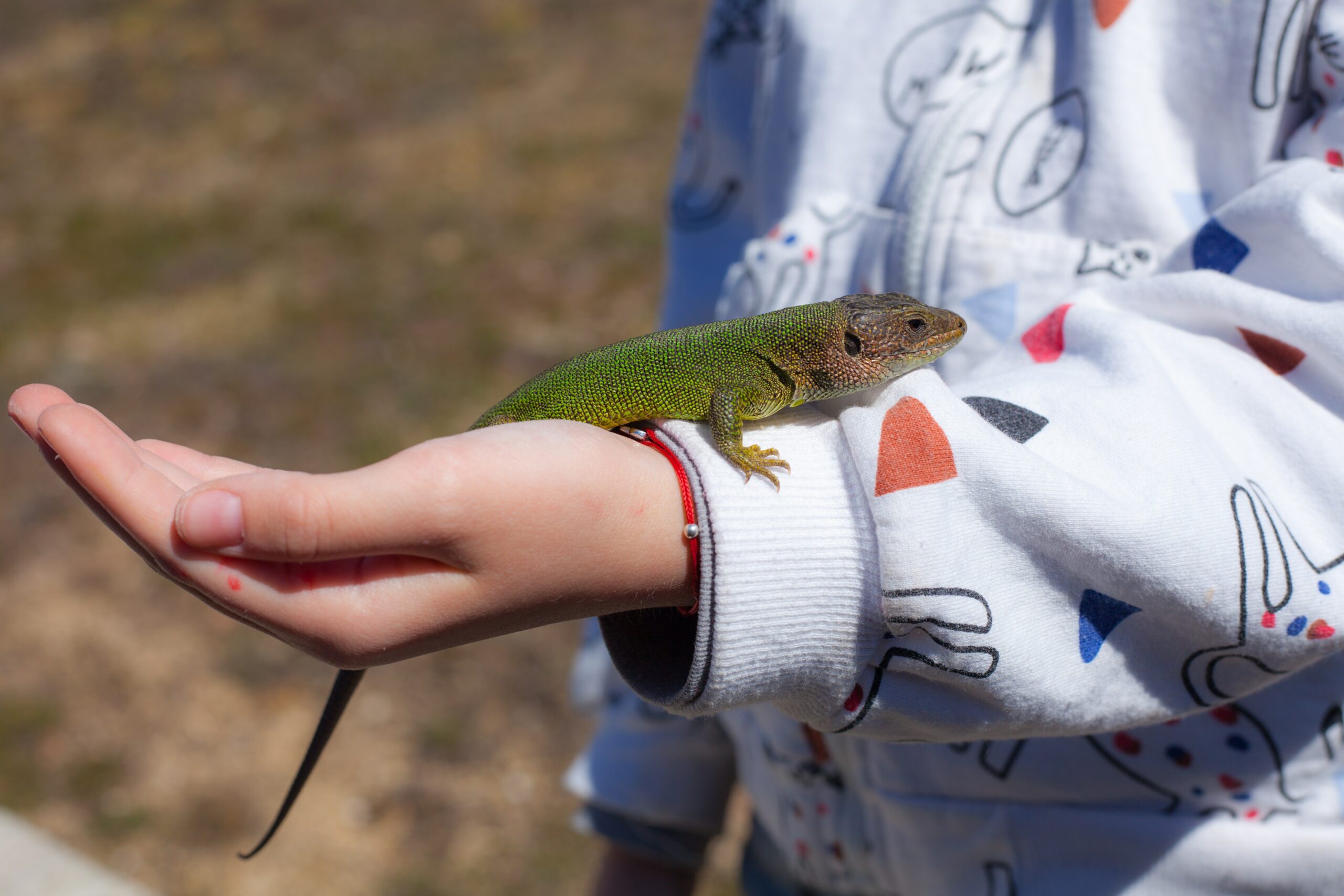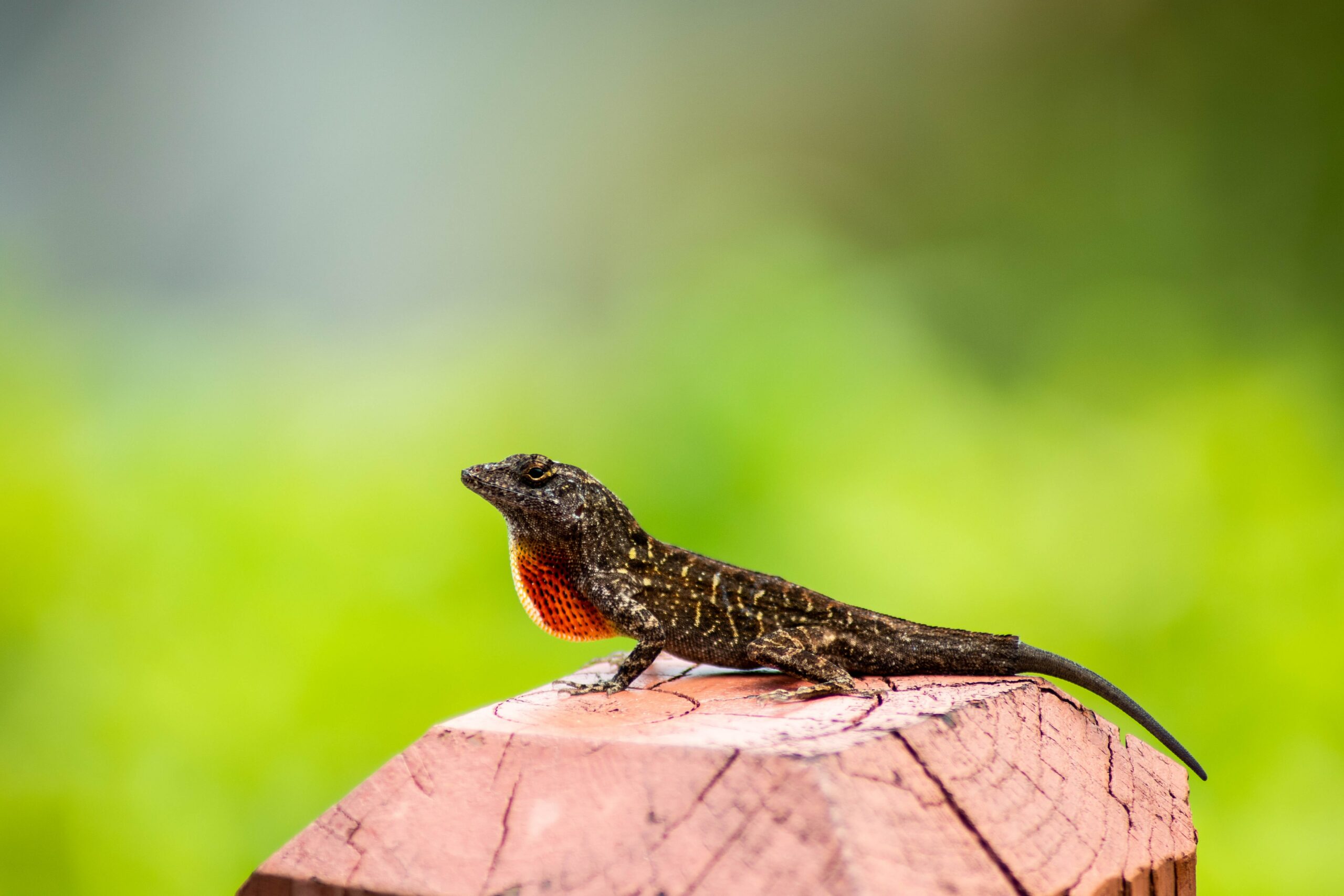If you’re considering a pet lizard, you’ve come to the right place! Lizards can make fascinating companions, but selecting the right one as a beginner can be a daunting task. With various species available, each with its own unique characteristics and care requirements, it’s essential to make an informed decision.
In this comprehensive guide, we’ll walk you through the important factors to consider when selecting a pet lizard for beginners. From temperament and size to habitat needs and health considerations, we’ll provide valuable insights to help you find the ideal lizard companion. So, let’s dive in and discover the perfect pet lizard for you!
What are the best lizard species for beginners?
When venturing into the world of lizard ownership, it’s crucial to choose a species that is beginner-friendly. Some of the top choices include Leopard Geckos, Bearded Dragons, Crested Geckos, Blue-Tongued Skinks, and Anoles.
These lizards are known for their adaptability, relatively easy care requirements, and friendly dispositions. Each species has its own unique qualities, so it’s important to research and find the one that aligns with your preferences and capabilities.
Which lizards have the friendliest temperament?
If you’re looking for a lizard that is more inclined toward human interaction, some species are naturally friendlier than others. Bearded Dragons, for example, are renowned for their docile and sociable nature.
They often enjoy being handled and can form strong bonds with their owners. Leopard Geckos also have a gentle temperament and are typically tolerant of handling. Crested Geckos, though less interactive, are generally calm and can be observed without much stress.
Considering the temperament of a lizard is essential, especially if you’re seeking a companion that you can interact with regularly.
Are there any low-maintenance lizard options?

For beginners seeking low-maintenance lizard options, certain species fit the bill. Leopard Geckos, with their relatively simple care requirements, is a popular choice. They have moderate temperature and humidity needs, and their diet consists primarily of insects.
Crested Geckos are another low-maintenance option, as they don’t require special lighting or heating and can thrive on a diet of powdered gecko meal. These lizards are great choices for those with busy schedules or limited experience in reptile care.
What size enclosure does a beginner lizard need?
Providing the appropriate enclosure size is crucial for the well-being of your pet lizard. The size requirement varies depending on the species and the lizard’s expected adult size.
As a general guideline, Leopard Geckos can thrive in a 20-gallon tank, while larger lizards like Bearded Dragons may need a 40-gallon tank or larger. Crested Geckos are arboreal and prefer a vertical terrarium. It’s important to consider the growth potential and natural habitat of the lizard when selecting an enclosure.
How do I create the ideal habitat for my pet lizard?
Creating a suitable habitat is vital to ensure the health and happiness of your pet lizard. The habitat should mimic the natural environment of the species you choose. Providing appropriate substrate, hiding spots, climbing branches, and foliage are essential for creating a stimulating and comfortable enclosure.
Temperature and humidity regulation is also crucial, as reptiles are ectothermic and rely on external heat sources. A combination of heating elements, thermometers, and hygrometers can help you maintain optimal conditions within the enclosure.
| Lizard Species | Temperament | Habitat Requirements |
|---|---|---|
| Leopard Gecko | Docile and easy to handle | 20-gallon tank, warm hide, and UVB lighting |
| Bearded Dragon | Friendly and sociable | 40-gallon tank, basking spot, and UVB lighting |
| Crested Gecko | Gentle and low-maintenance | Vertical terrarium, misting, and hiding spots |
| Blue-Tongued Skink | Relatively calm and easy to handle | 40-gallon tank, basking area, and humidity control |
| Anole | Quick and agile, not ideal for handling | 20-gallon tank, foliage, and UVB lighting |
What type of diet should I feed my beginner lizard?
Proper nutrition is essential for the well-being of your pet lizard. Most beginner-friendly lizards are insectivores, meaning they primarily feed on insects. Crickets, mealworms, and Dubia roaches are popular food choices for lizards.
Additionally, gut-loading insects with nutrient-rich foods enhances their nutritional value. It’s important to research the specific dietary requirements of the species you choose and provide a balanced and varied diet to ensure optimal health.
Are there any lizards that are hypoallergenic?
If allergies are a concern, certain lizard species may be more suitable than others. Lizards are not completely hypoallergenic, but some have lower allergenic potential than furry pets.
Leopard Geckos and Bearded Dragons, for example, have scales instead of fur and are less likely to trigger allergies in sensitive individuals. However, it’s essential to note that individual sensitivities can vary, and it’s advisable to spend time with the lizard before making a final decision.
Can I handle a beginner lizard without any prior experience?

Handling a beginner lizard can be an enjoyable and rewarding experience, even for those without prior reptile experience. However, it’s important to approach handling with care and respect for the lizard’s comfort.
Gentle and slow movements, proper support, and understanding the individual lizard’s preferences are key. Some lizards, like Bearded Dragons and Leopard Geckos, are generally more tolerant of handling, while others, such as Anoles, are quicker and prefer observation.
What are the potential health issues to consider with pet lizards?
When considering pet lizards, it’s important to be aware of the potential health issues that may arise. While lizards are generally hardy creatures, they can still be susceptible to certain ailments. Here are some common health issues to consider when caring for pet lizards:
-
Respiratory Infections: Lizards can develop respiratory infections, often caused by improper temperature and humidity levels in their enclosure. Symptoms may include wheezing, labored breathing, and nasal discharge.
-
Metabolic Bone Disease: Insufficient calcium and vitamin D3 in a lizard’s diet can lead to metabolic bone disease, resulting in weakened bones, deformities, and difficulty moving.
-
Parasitic Infestations: External parasites like mites and ticks, as well as internal parasites such as worms, can affect lizards. These can cause itching, weight loss, lethargy, and digestive issues.
-
Shedding Difficulties: Lizards shed their skin regularly, but sometimes shedding problems can occur. Incomplete shedding can lead to retained skin, which may cause discomfort and restrict movement.
-
Nutritional Deficiencies: Improper diet and lack of essential nutrients can lead to nutritional deficiencies in lizards. This can impact their overall health, immune system, and growth.
-
Dental Problems: Lizards with dental issues may have difficulty eating, leading to weight loss and decreased appetite. Dental problems can occur due to poor diet or underlying health conditions.
How do I choose the right lizard based on my lifestyle?
Choosing a lizard that aligns with your lifestyle is essential for a successful pet ownership experience. Consider factors such as the amount of time you can dedicate to care, space availability, and activity level.
Some lizards require more attention and interaction, while others are content with observing from a distance. Additionally, certain species have specific care requirements that may or may not suit your lifestyle. Evaluating these factors will help you find a lizard that fits seamlessly into your routine.
What are the average lifespan and longevity of different lizard species?
Understanding the lifespan of the lizard species you’re considering is important for long-term commitment and planning. Leopard Geckos, with proper care, can live up to 15-20 years.
Bearded Dragons have an average lifespan of 10-15 years, while Crested Geckos can live for 15-20 years in captivity. Blue-Tongued Skinks and Anoles have similar lifespans of around 10-15 years. It’s crucial to consider the long-term commitment required when bringing a lizard into your life.
Are there any beginner-friendly lizards that are child-safe?
If you’re looking for a lizard that is suitable for children, certain species can be a great choice. Bearded Dragons, with their friendly nature and ease of handling, are often recommended for families with children.
However, adult supervision is always necessary when children are interacting with any pet. Teaching children about proper handling techniques and the importance of respecting the lizard’s needs and boundaries is crucial for a safe and enjoyable experience.
What kind of lighting and heating requirements do lizards have?
Lizards require specific lighting and heating conditions to thrive. Most lizards need a heat source, such as a heat lamp or ceramic heater, to create a temperature gradient within the enclosure. This allows them to regulate their body temperature effectively.
Additionally, many lizards require UVB lighting to synthesize vitamin D3 and properly metabolize calcium. UVB bulbs should be replaced regularly to ensure adequate UVB output.
Can beginner lizards be trained or interacted with?
While lizards may not be as trainable as dogs or cats, some species can be conditioned to recognize their owners and respond to certain cues. Bearded Dragons, for instance, can be taught to come to their owners when called and may even enjoy sitting on their owner’s shoulders.
Positive reinforcement techniques, such as offering treats and praise, can be used to encourage desired behaviors. It’s important to remember that individual lizards have their own personalities and may vary in their response to training.
Where can I find reputable breeders or adopt a pet lizard?

Finding a reputable breeder or adopting a pet lizard is crucial to ensure you acquire a healthy and well-cared-for animal. Research local reptile expos, specialized reptile stores, and reputable online breeders for options.
It’s important to ask questions about the breeding practices, health guarantees, and the care provided to the lizards. Additionally, reptile rescues and shelters can be great places to find lizards in need of a loving home.
To Sum Up
Choosing the perfect pet lizard for beginners is an exciting and rewarding journey. By considering factors such as temperament, size, care requirements, and compatibility with your lifestyle, you can find a lizard that will bring joy and wonder into your life.
Remember to provide a suitable habitat, a balanced diet, and regular veterinary care to ensure the well-being of your scaly companion. With proper knowledge and care, your pet lizard will thrive and become a cherished member of your family.
So, embark on this lizard adventure with confidence and embark on a reptilian friendship that will last a lifetime.




